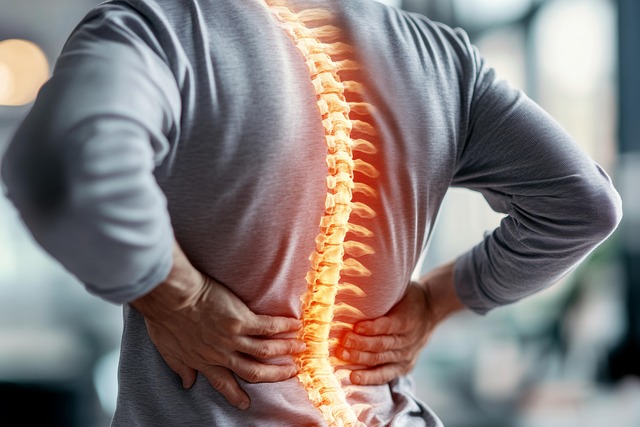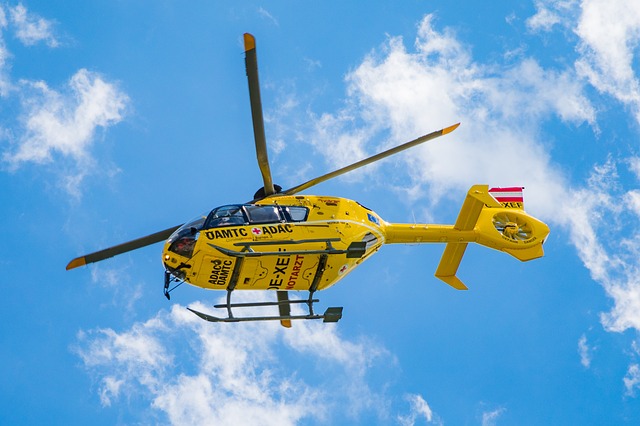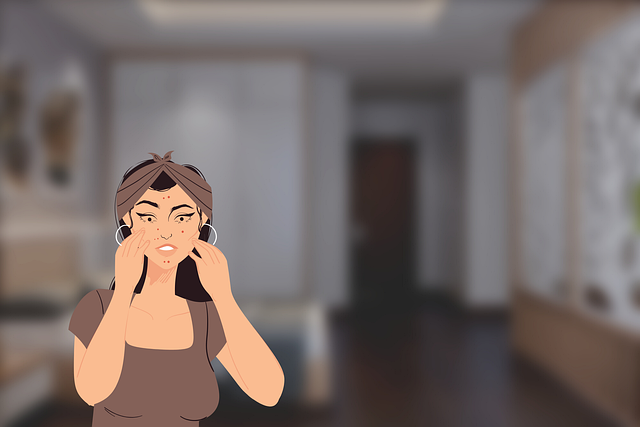Chiropractors offer spinal decompression as a non-surgical treatment for herniated discs commonly suffered after car crashes. This technique gently stretches the spine, creating negative pressure to retract bulging or herniated discs, alleviating nerve compression and providing pain relief. Chiropractic management focuses on realignment of vertebrae, reduction of nerve pressure, and facilitation of healing through holistic approaches like adjustments, manual therapy, heat/cold therapy, and exercise recommendations. Spinal decompression therapy is recognized as a promising option for managing post-car crash injuries, offering immediate pain relief and long-term strategies to prevent future herniated disc issues. Success depends on severity, time since injury, patient adherence, and individual response.
Spinal decompression therapy has emerged as a promising treatment option for individuals suffering from herniated discs, particularly after a post-car crash. This non-invasive approach aims to alleviate pain and restore function through gentle stretching of the spine. In this article, we’ll explore ‘chiropractic management’ strategies specifically tailored for herniated discs post-car crashes. From understanding the fundamentals of spinal decompression to delving into its benefits and considerations, this guide offers valuable insights for effective treatment.
- Understanding Spinal Decompression for Herniated Discs
- Chiropractic Management After a Post-Car Crash
- Benefits and Considerations for Effective Treatment
Understanding Spinal Decompression for Herniated Discs

Spinal decompression is a non-surgical treatment option for individuals suffering from herniated discs, often a result of injuries sustained in post-car crash incidents or other impact events. This technique aims to alleviate pain and restore function by gently separating the vertebrae, reducing pressure on the affected disc. It’s a preferred method for many patients seeking alternative solutions to surgery.
Chiropractic management plays a significant role here, as chiropractors are trained to perform spinal decompression therapy. This treatment involves a series of controlled, gentle stretches that allow the spine to move beyond its normal range of motion. By doing so, it creates a negative pressure within the intervertebral disc spaces, encouraging the herniated or bulging disc to retract and relieve any compression on nearby nerves.
Chiropractic Management After a Post-Car Crash

After a car crash, individuals often experience spinal injuries, including herniated discs. Chiropractic management plays a crucial role in treating such conditions. Chiropractors employ various techniques to alleviate pain and promote healing. Adjustments to the spine can help realign misaligned vertebrae, reducing pressure on nerve roots and facilitating the body’s natural healing process.
In the context of post-car crash injuries, chiropractic care offers a non-invasive approach to managing herniated discs. Through specific manual therapy, heat or cold therapy, and exercise recommendations, chiropractors aim to improve spinal function, reduce inflammation, and restore mobility. This holistic management approach not only provides immediate relief but also empowers patients with long-term strategies to maintain a healthy spine and prevent future injuries.
Benefits and Considerations for Effective Treatment

Spinal decompression therapy has emerged as a promising treatment option for individuals suffering from herniated discs, often a consequence of traumatic events like post-car crashes. This non-invasive technique aims to relieve pain and restore neurological function by gently stretching the spine. One of its key benefits is the potential to reduce pressure on pinched nerves, offering significant relief to patients with radiculopathy or sciatica.
When considering chiropractic management for herniated discs, it’s essential to explore all options under the guidance of a qualified professional. Spinal decompression can be an effective standalone treatment or in conjunction with other modalities. However, success depends on various factors, including the severity of the disc herniation, the time elapsed since the injury (post-car crash), patient compliance with treatment protocols, and individual response to therapy.
Spinal decompression therapy, especially after a post-car crash, offers a promising approach to managing herniated disc pain. This natural, non-surgical method provides an effective alternative to surgery for many individuals. By leveraging chiropractic management techniques, patients can experience relief from nerve compression and improved mobility. Understanding the benefits and considerations of this treatment is crucial for those seeking lasting solutions to herniated disc issues stemming from such incidents.














